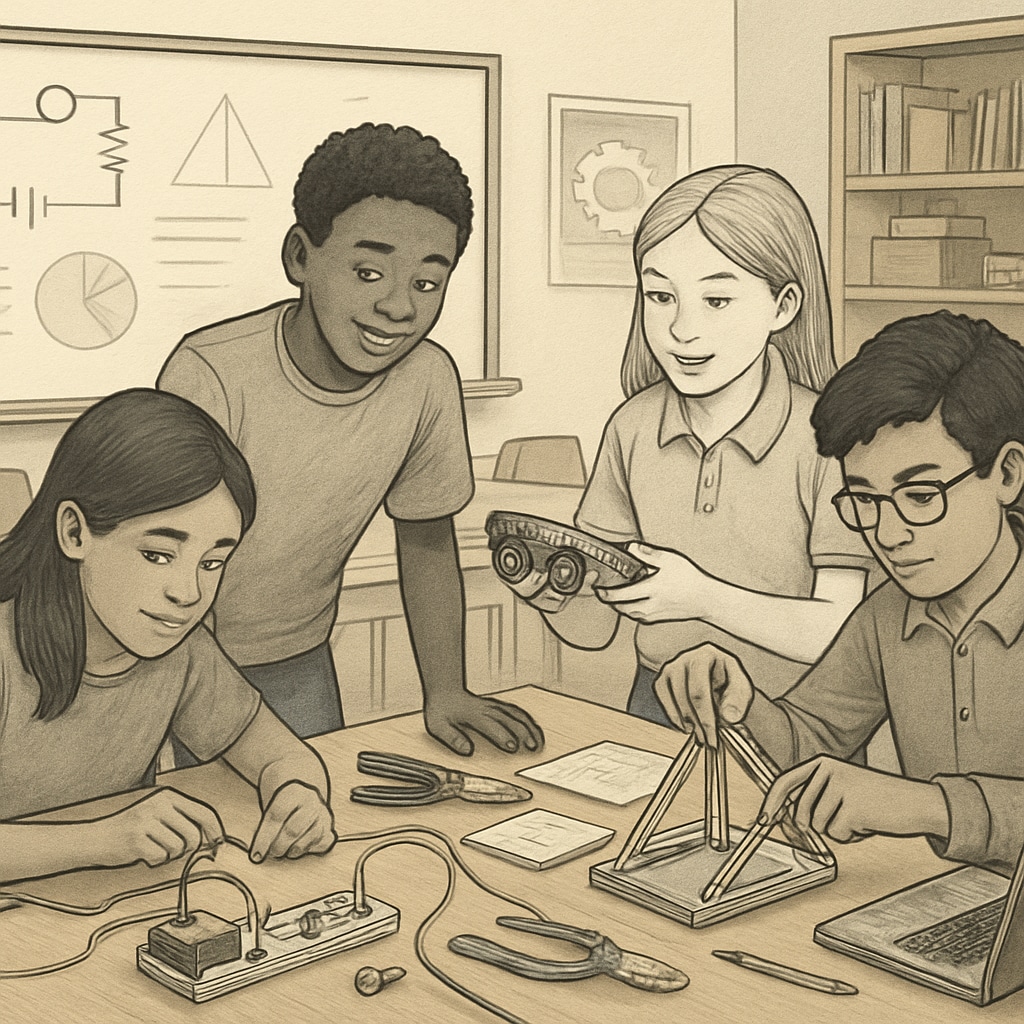The fields of design engineering, degree paths, and career development are increasingly interconnected in shaping the workforce of the future. For students to excel in this dynamic field, a strong foundation must be laid during the K-12 education years. However, current educational frameworks often fail to adequately prepare students for the challenges of design engineering careers. By integrating STEM (Science, Technology, Engineering, Math) education, fostering design thinking, and reforming evaluation systems, K-12 institutions can better equip students for success in this field.
Understanding the Current Challenges in K-12 Education
Despite the growing emphasis on STEM education, many K-12 programs lack a cohesive strategy to cultivate design engineering talent. Students are often exposed to fragmented lessons in science and math without understanding their interconnectedness or real-world applications. Furthermore, traditional rote learning methods fail to inspire curiosity or creativity, both of which are essential for design engineering.
Another significant gap lies in the absence of design thinking—a problem-solving framework that emphasizes empathy, ideation, and iterative testing. Without early exposure to such methodologies, students may struggle to think critically or approach engineering challenges innovatively.

Integrating STEM Education for Holistic Learning
STEM education can serve as the backbone of K-12 reforms aimed at nurturing future design engineers. By presenting science, technology, engineering, and math as interconnected disciplines, students can develop a more holistic understanding of their applications. For example, project-based learning allows students to tackle real-world challenges, such as designing energy-efficient buildings or creating sustainable water filtration systems.
Moreover, incorporating modern tools like 3D printers, coding platforms, and robotics kits can make STEM education more engaging. These technologies not only teach technical skills but also encourage experimentation and creativity, which are vital for design engineering careers.
Fostering Design Thinking in Early Education
Design thinking is a cornerstone of modern engineering practices. By introducing this approach in K-12 education, students can learn to empathize with users, define problems clearly, ideate solutions, prototype designs, and test them iteratively. This process mirrors the real-world challenges faced by engineers and designers, making it an invaluable skill set for students.
For example, students could work on a project to design adaptive tools for individuals with disabilities. This type of challenge encourages them to think empathetically, collaborate with peers, and iterate on their designs based on feedback.

Reforming Evaluation Systems to Support Diverse Talents
The traditional focus on standardized testing often overlooks the diverse skill sets needed in design engineering, such as creativity, teamwork, and problem-solving. To address this, K-12 institutions should adopt more diverse evaluation methods. Portfolio assessments, for instance, allow students to showcase their projects and document their learning journeys.
In addition, peer reviews and collaborative assessments can help students develop critical interpersonal skills. By shifting the focus from grades to growth, schools can better prepare students for the multifaceted demands of design engineering careers.
Conclusion: Building a Pipeline for Future Engineers
To prepare students for success in design engineering, degree paths, and career development, K-12 education systems must evolve. By integrating STEM education, fostering design thinking, and reforming evaluation methods, schools can lay a robust foundation for future talent. These changes not only benefit individual students but also contribute to a more innovative and skilled workforce, capable of addressing the complex challenges of the 21st century.
In conclusion, the journey to becoming a design engineer begins long before college. By reimagining K-12 education, we can ensure that the next generation of engineers is equipped to thrive in an increasingly complex and interconnected world.
Readability guidance: Short paragraphs and clear headings improve readability. Lists summarize key points effectively, while transitions like “furthermore” and “for example” maintain flow. Visuals, such as classroom and project-based images, enhance engagement.


